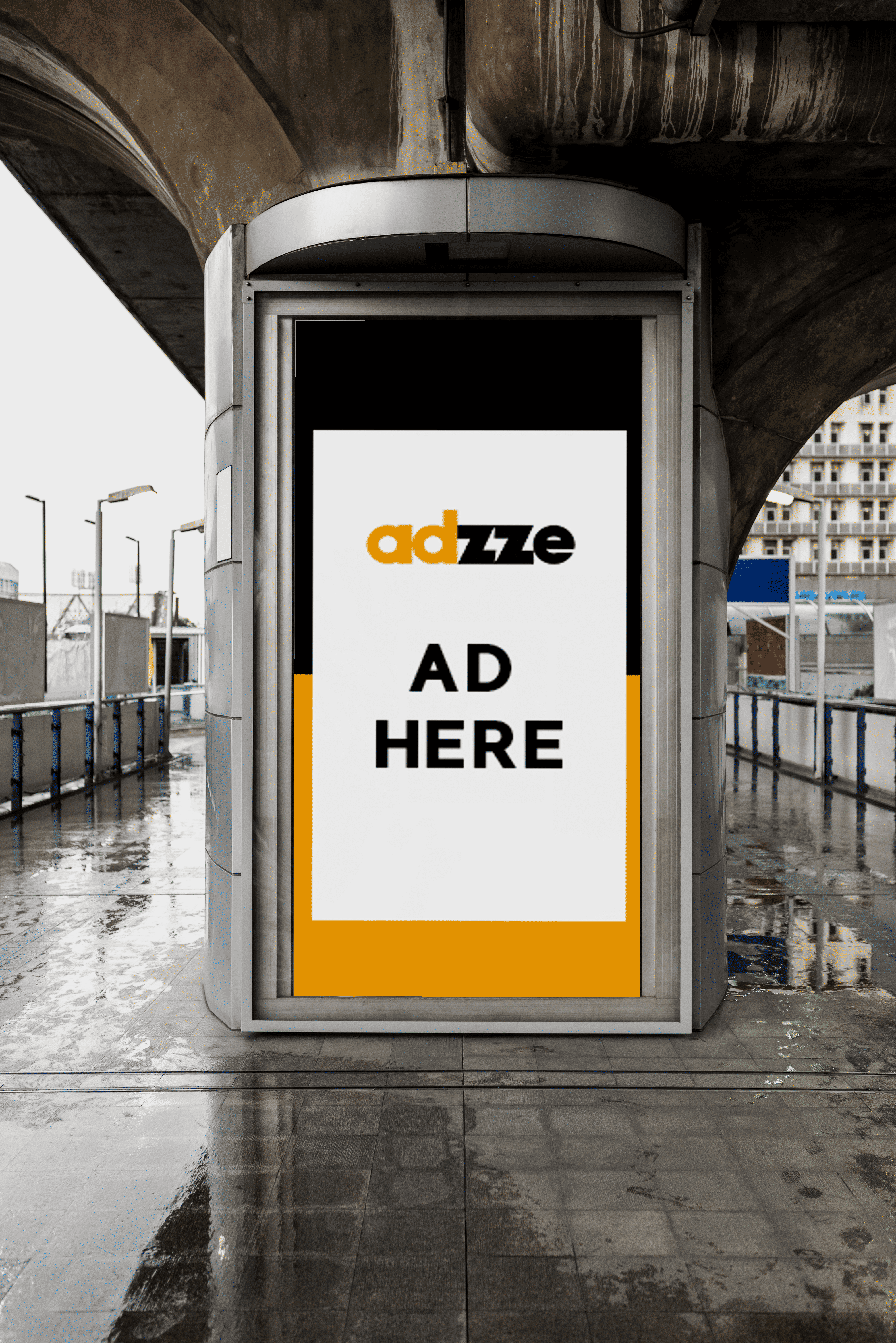Wild Posting Advertising Is Creative—But Is It Legal?
For brands looking to make a splash in urban markets, wild posting advertising offers a gritty, grassroots, and visually compelling strategy. It’s a form of guerrilla marketing that places posters on outdoor walls, construction sites, and street corners—wherever the foot traffic is hot and the energy is raw.
But while posting ads in the wild might feel like a renegade art form, there’s one thing marketers often overlook: the legal side.
Unlike traditional media buys or regulated spaces like golf club ads, wild posting advertising falls into a legal gray area—one that can lead to fines, removals, and brand damage if mishandled.
In this blog, we’ll break down the legal considerations, compliance strategies, and smart alternatives to ensure your next posting ad campaign makes an impact—without making headlines for the wrong reasons.
What Is Wild Posting Advertising, and Why Does It Work?
Before we dive into compliance, let’s clarify what we mean by wild posting advertising.
This strategy involves plastering printed posters across high-visibility public or semi-public spaces—often in high-density urban neighborhoods. It’s bold, unmissable, and lends a brand that edgy, streetwise feel. Think music festivals, fashion brands, or indie product launches.
Compared to ads in golf clubs, which are polished and controlled, posting advertising thrives on spontaneity and disruption.
But here’s the catch: public spaces are regulated. And posting ads without permission can cross into illegal territory—literally.
Is Wild Posting Advertising Legal? It Depends on the Location
The legality of posting advertising varies by city, municipality, and property type. Here’s what you need to know:
🏙️ Public Property
Placing posters on city-owned property (e.g., utility poles, street signs, government buildings) is often illegal without a permit. Violations can result in:
Fines ranging from $100 to $5,000 per incident
Removal costs charged to the advertiser
Blacklisting from future public campaigns
🧱 Private Property
Placing posting ads on private buildings without consent is considered vandalism in most jurisdictions. However, if you secure written permission, you’re in the clear.
🧾 Permitted Zones
Some cities have designated “wild posting” zones where artists, brands, and creatives can legally place posters—often through city partnerships or third-party media vendors.
Smart Legal Strategies for Wild Posting Advertising
✅Partner With Licensed Vendors
Work with outdoor advertising companies that specialize in wild posting advertising. They often have relationships with property owners and can ensure your posting ad campaign is legal and effective.
These vendors also:
Handle permit applications
Offer liability coverage
Know where posting is allowed—and where it’s not
✅Get Property Owner Consent in Writing
If you’re DIY-ing your posting ads, always obtain explicit permission from property owners. This can be as simple as:
A written agreement via email
A signed waiver
Or a site-specific contract
Having written proof protects your brand if local officials question your campaign.
✅Check Local Signage and Zoning Laws
Every city has different rules. For example:
NYC prohibits unauthorized commercial posters on most public surfaces
Los Angeles requires permits for many outdoor displays
London designates wild posting areas through local councils
Before launching your posting advertising campaign, consult with a local signage expert or legal team.
✅Time It Right
Even permitted wild postings can have time limits. For example, some areas allow postings for 7–14 days before requiring removal.
Leaving your posting ad up too long can result in fines or enforcement.
The Risk of Non-Compliance in Posting Advertising
Going rogue may sound thrilling, but here’s what’s at stake:
🧾 Fines for unauthorized placement
🚫 Brand backlash for perceived vandalism
📸 Negative PR if images go viral for the wrong reasons
❌ Removal of all materials, including legal ones, by overzealous city workers
Even iconic brands have faced trouble for aggressive wild posting advertising campaigns. In 2007, a tech company sparked a bomb scare in Boston with an unapproved poster activation—resulting in legal action and millions in damage control.
Golf Club Ads vs. Wild Posting: A Legal Contrast
Let’s compare the posting ad experience in two opposite environments:
Factor | Wild Posting Advertising | Golf Club Ads |
Legal Complexity | High (zoning laws, permits) | Low (private contracts) |
Brand Perception | Edgy, rebellious | Premium, controlled |
Engagement | High foot traffic | Targeted high-income niche |
Longevity | Short (7–14 days typical) | Long-term (seasonal or yearly) |
Risk | High (fines, removal, damage) | Low (regulated, stable environment) |
While ads in golf club settings offer structure and prestige, wild posting advertising brings cultural cachet—but only when done smartly.
Tips for Creating Legal Yet Edgy Wild Posting Campaigns
Use QR codes to make your posters interactive
Blend street art with brand messaging for a cultural edge
Print on eco-friendly, removable materials
Include disclaimers or contact info to improve transparency
These enhancements not only boost ROI but also reduce risk by making your campaign look more intentional, less rogue.
Final Thoughts: Wild Posting Advertising Must Be Bold—and Legal
Wild posting advertising can be unforgettable. But that doesn’t mean it has to be unlawful. Today’s smartest marketers are blending creative edge with legal compliance—staying true to the art of guerrilla marketing without risking brand integrity.
In fact, the most successful posting ads aren’t the ones that get slapped on a wall at 2 a.m. They’re the ones that turn public space into storytelling—legally, ethically, and strategically.
So before your next posting ad goes live, ask:
Is it visually impactful?
Is it legally sound?
Does it align with your brand’s long-term vision?
If you can answer yes to all three, you’re not just making noise. You’re making smart, scalable marketing moves.






